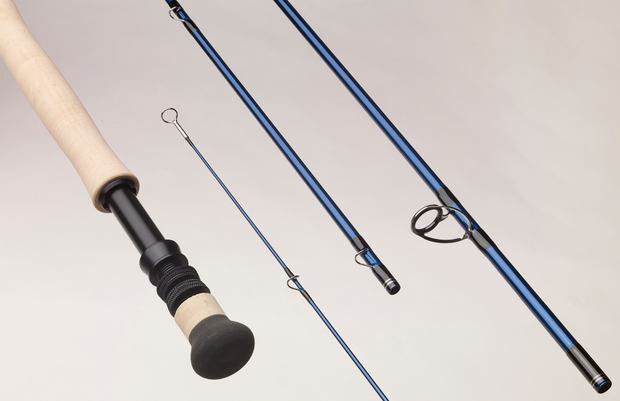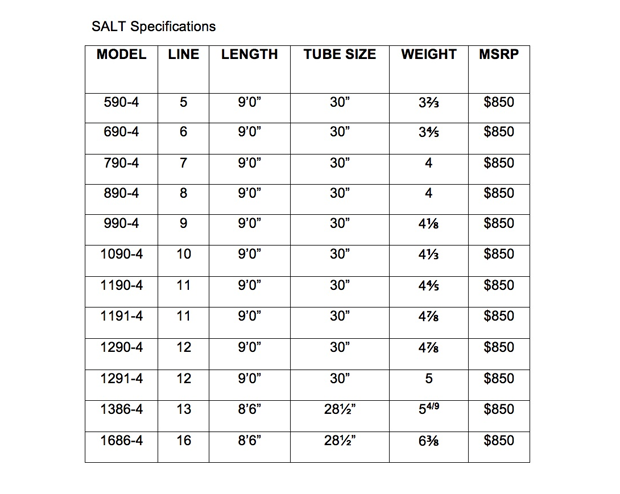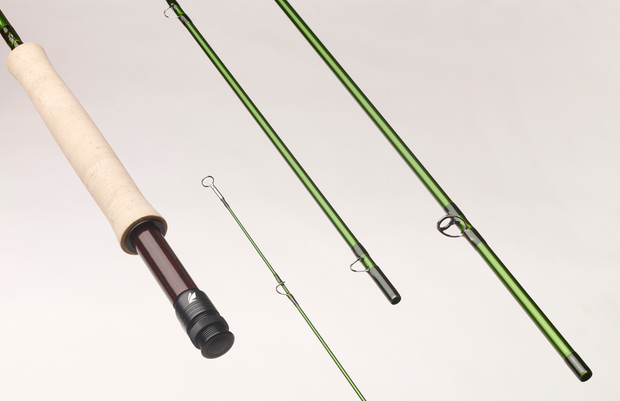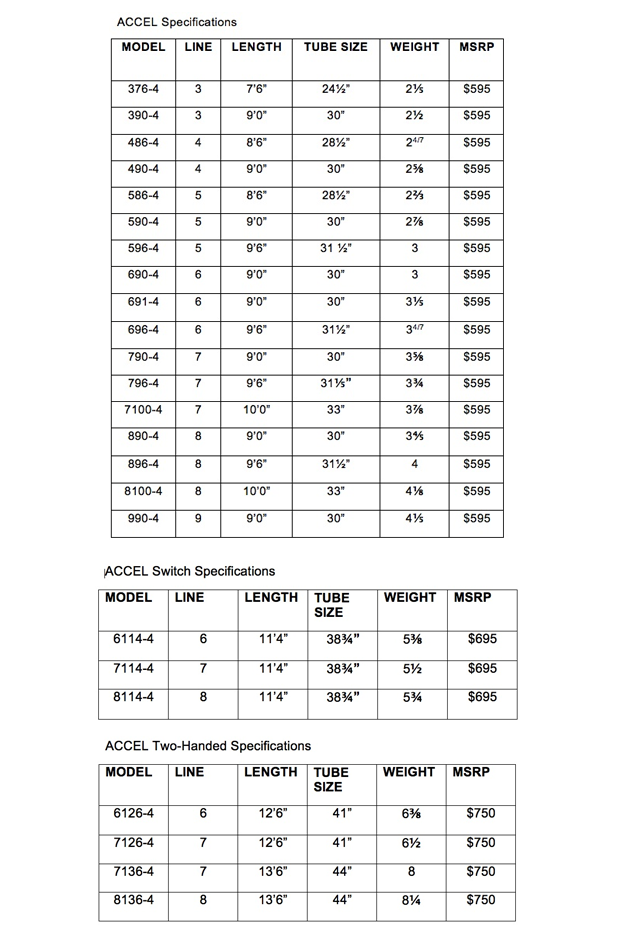Sage is constantly moving forward with rod design and this year is no different. Sage is introducing two new rod series this summer; The Salt (to replace the classic XI3) and the Accel (to replace the VXP). Below is some additional information on these two new rod series. If you have any questions, feel free to give us a call here at the shop! We should be getting these new rods in sometime around the first week of August.
The new SALT series is, you guessed it, an all-new addition to Sage’s saltwater lineup that will replace the Xi3 series. The new SALT rods are Sage’s first saltwater fly rods built on its newer Konnetic technology, which Sage’s very popular and award-winning ONE and METHOD series of rods are built upon. Like all of the Konnetic-built rods, Sage has proclaimed a focus on quick loading, high line speeds and pinpoint accuracy when developing the SALT series. According to chief rod designer Jerry Siem, “The ability to adapt to quickly changing conditions is imperative when saltwater fishing, and Konnetic Technology allows deft sensitivity and the ability to track extremely straight. The new SALT shines in all fishing scenarios.”

The SALT rods feature a dark sapphire blank with distinctive black wraps, oversized Fuji ceramic stripper guides, hard chromed snake guides and an anodized aluminum up-locking reel seat which includes a hidden hook keeper. The SALT series has offerings from weight 5 through 16. All of the rods in the series have an MSRP of $850 and are slated to be available come August 2014.

You can View more info on the Sage Salt Fly Rod Here
Also coming from Sage in August is the New Sage Accel Fly Rod
The Sage ACCEL fly rod series is a new medium-fast action rod series that includes single hand, switch and spey rods. For the ACCEL fly rod Sage has reinvented its G5 blank technology that was so well loved in the now classic Z-Axis series and the VXP series that the Sage ACCEL fly rods will replace.

According to Siem, Sage “[added] a graphite hoop core and axial fiber material in the new Generation 5 technology [which] allowed for a lighter, ultra-responsive, and livelier blank with a narrower shaft.” The result is a rod that Siem says “permits anglers to feel the rod load for optimum casting control.”
The Sage ACCEL fly rods feature an emerald green blank color with, like the Sage SALT fly rod series, distinctive black wraps, Fuji ceramic stripper guides and hard-chromed snake guides. Reel seat and cork configurations vary depending on rod model.

Sage ACCEL single hand fly rods range in weights from 3 to 9 and are priced at $595. Switch rods come in weights 6 to 8 and are priced at $695. Spey rods will be available in weights 6 to 8, for $750. All ACCEL models will be available in August 2014.




